Ying-Syuan Zeng
Your background spans scenography, film, and object-making. How did this multidisciplinary experience shape the creation of Sylver Lining?
My practice has always moved between storytelling and material exploration, whether through the visual sweep of a stage, the intimacy of a handcrafted object, or the framing of an image. I worked as magazine editor and graphic designer after I finished college majoring in commercial design. In those years I learned to see things in an “editor’s/director’s eye” that later on greatly help me transitioning into doing design and production for theater and film.
In theater and film, I majored in costume design as well as wigs and prosthetic makeup design, and I took scenic art courses on the side, which gave me a sensitivity to scale, surface, and how objects relate to the body. That training taught me to think of wearable pieces not only as adornment, but as extensions of character and narrative. My time in film reinforced the importance of visual composition and emotional atmosphere—how every detail contributes to a story.
In Sylver Lining, these perspectives converge. Each piece is conceived not just as an isolated artwork, but as part of a larger visual narrative—portable fragments of beauty that can accompany their wearer, carrying with them layers of story, meaning, and presence.
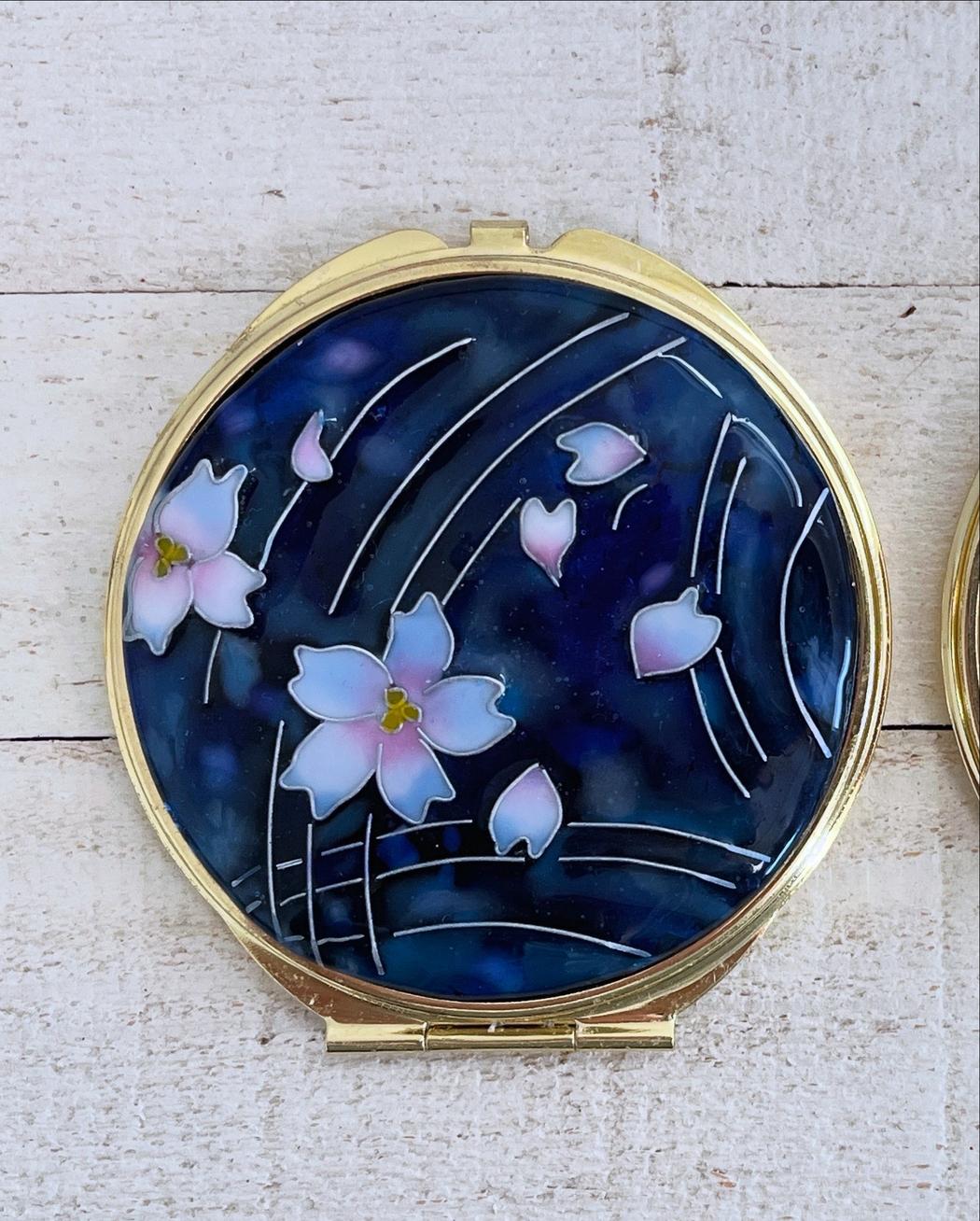
Can you tell us more about the Cloisonné Resin technique you developed? What inspired you to reinterpret traditional cloisonné enamel in a contemporary way?
I’ve always been fascinated by the luminosity and depth of traditional cloisonné enamel—the way light seems to live inside the color. The process, however, is rooted in metal and glass, involves flame torching, and requires a kiln—something my small New York apartment could never accommodate. At the same time, I wanted to bring that visual richness into a form that allowed for more sculptural freedom, lighter weight, and durability for daily wear.
My background in scenic art, particularly in faux finishing, plants the seed for this. I often work to replicate the appearance of one material using entirely different substances—wood to look like marble, resin to look like metal. That mindset made me wonder: why not try to develop my own technique to mimic the luminous, jewel-like quality of traditional cloisonné enamel without relying on its exact materials or processes?
Over time, I developed what I call the Cloisonné Resin technique: building intricate compartments much like traditional cloisonné, but filling them with layers of hand-tinted resin rather than enamel. This opened up a new vocabulary for me—colors that could shift in translucency, gradients that feel almost painterly, and surfaces that could hold embedded textures or subtle inclusions. The technique lets me honor the precision and meditative rhythm of traditional cloisonné, while also pushing it into a more contemporary, wearable, and narrativedriven space. In many ways, it’s a conversation between heritage and innovation, past and present—just like the stories I hope each piece will carry.
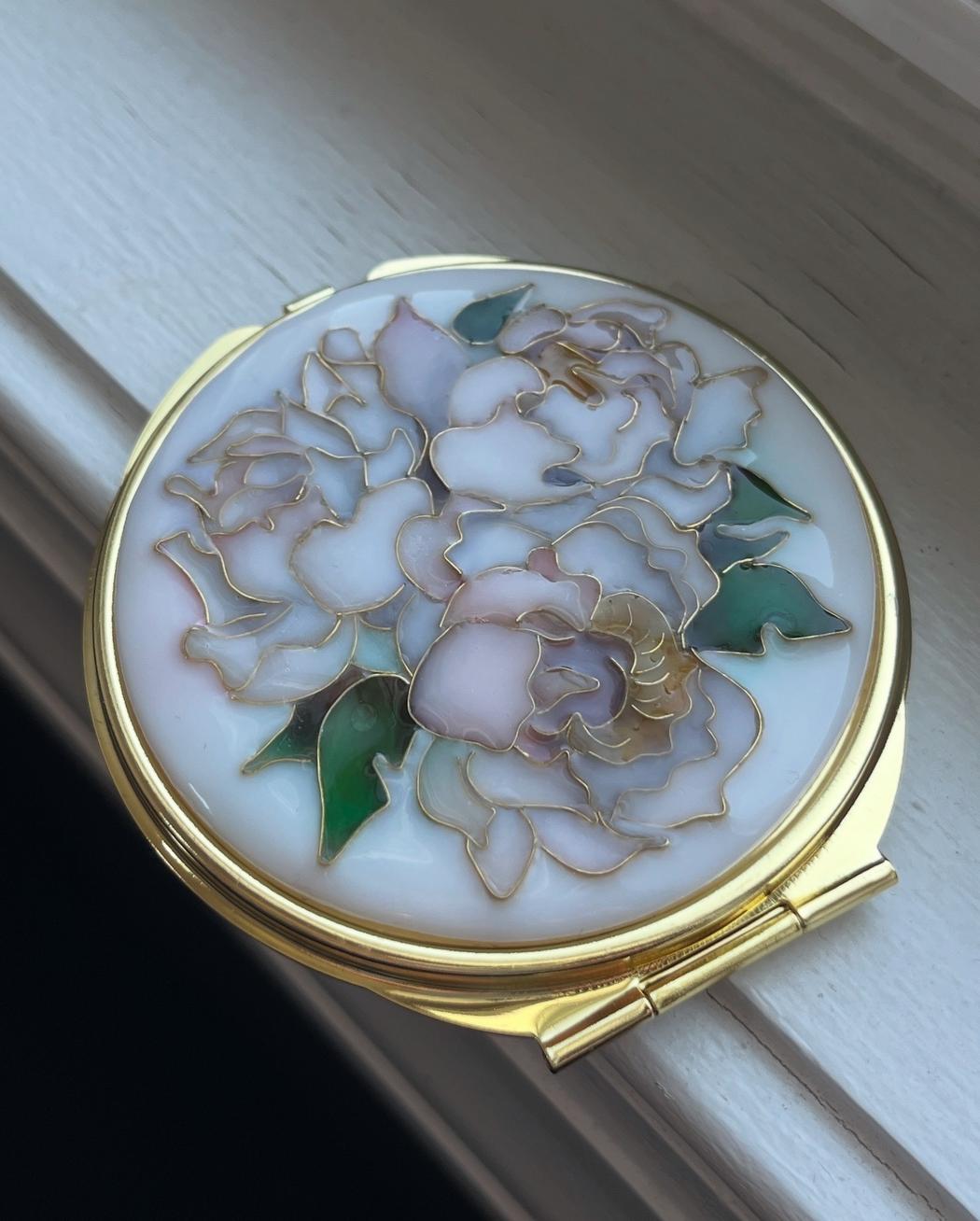
Your works blur the line between jewelry, art, and personal objects. How do you envision people interacting with them in daily life?
I see my pieces as intimate companions that invite personal interaction beyond mere adornment. They are designed to be worn, touched, and contemplated—objects that carry stories and emotions close to the body. In daily life, I hope they serve not just as decorative accents but as anchors for memory, reflection, and self-expression. Whether someone wears a piece to feel connected to a moment, a person, or an idea, I want these works to become part of their everyday rituals—quiet reminders of the invisible threads that weave our inner and outer worlds together.
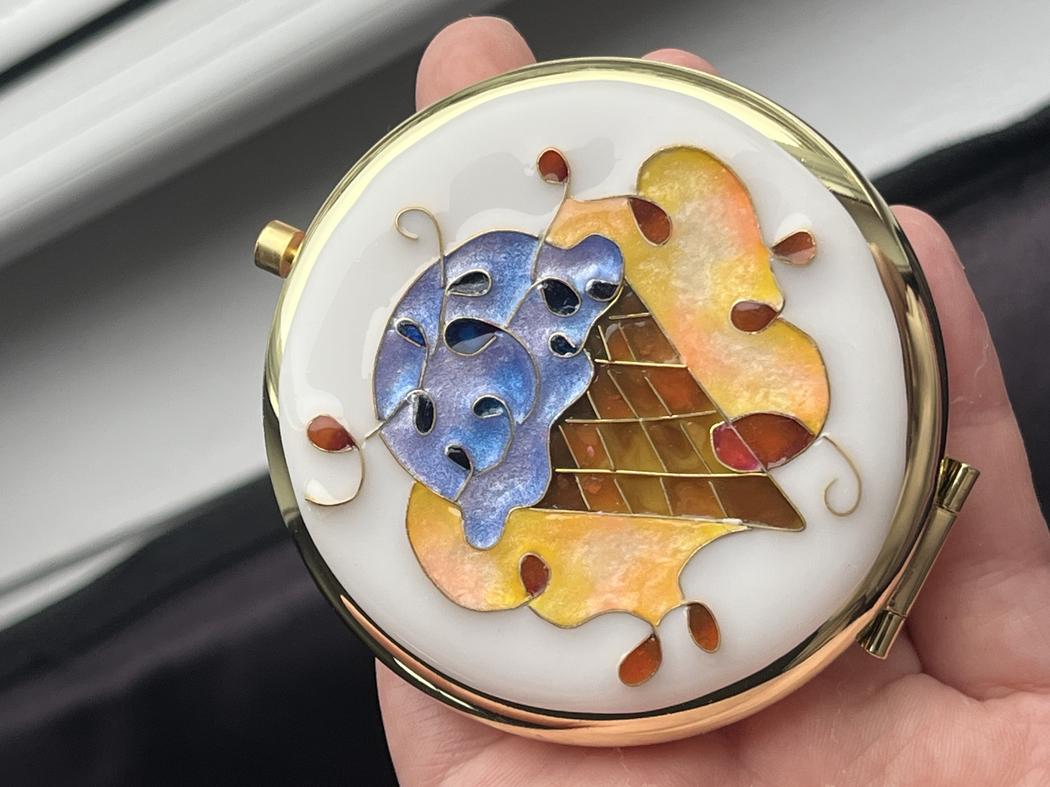
The title Sylver Lining suggests a play on resilience and quiet comfort. Do you see your pieces as emotional companions?
Absolutely. Each piece is both a refuge and a companion in its own right. The process of making them brings me a deep sense of comfort and peace amid a fast-paced, high-pressure professional life. Balancing countless responsibilities and the demand for high-quality work under tight deadlines has often left my mind overly active and chaotic. Creating this series has become a grounding ritual—helping to quiet the noise within and offer moments of stillness. In this way, the pieces are not only expressions of resilience but also vessels of quiet comfort, both for myself and, I hope, for those who wear them.
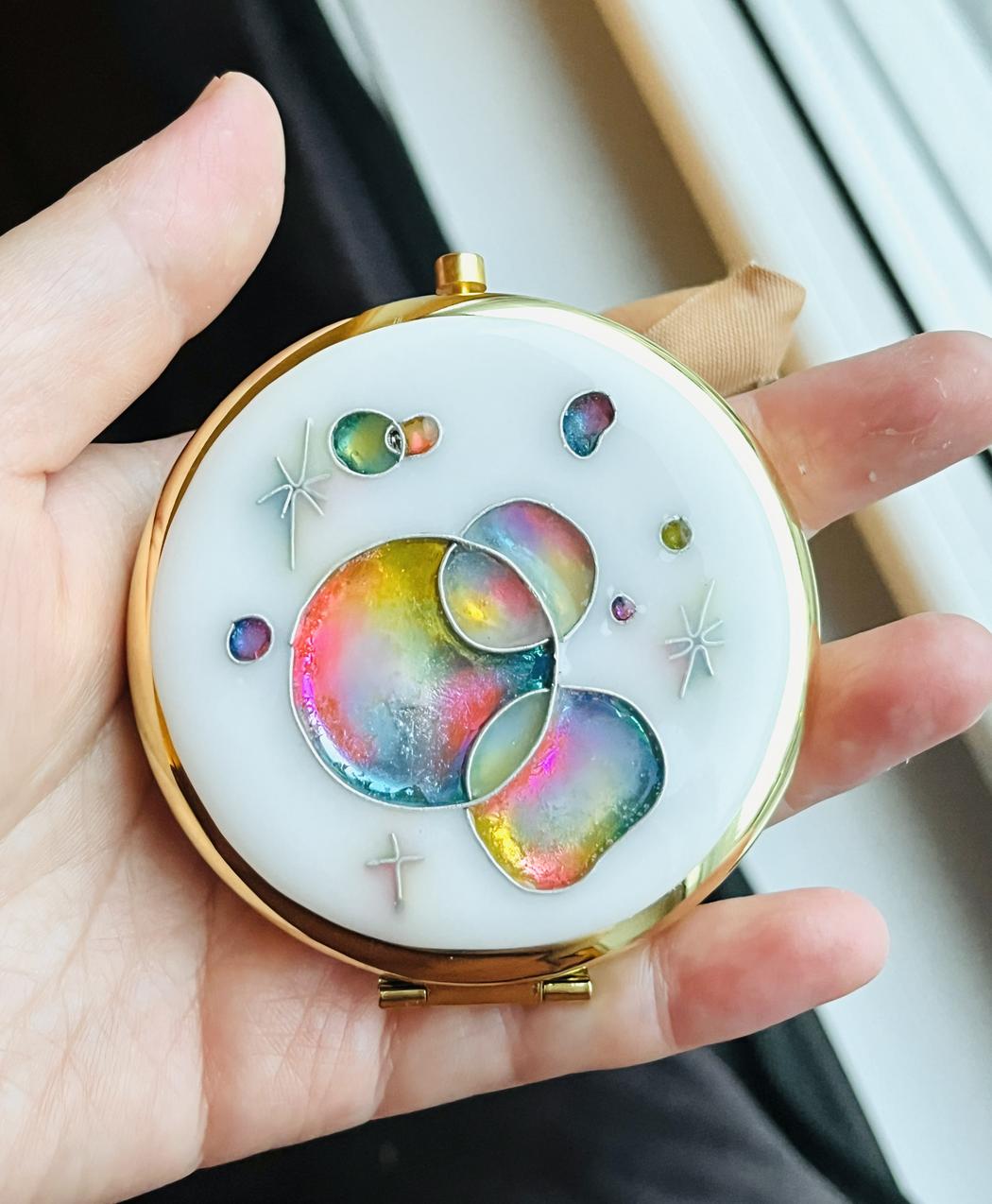
Color and texture play such a strong role in your designs—how do you select and compose the palettes for each piece?
My background as a scenic artist taught me to see color and texture as inseparable. Years of faux finishing trained my eye to notice how the slightest shift in hue, the layering of translucent glazes, or the introduction of a subtle texture could completely change the mood of a surface. I approach my jewelry the same way—building color in layers, allowing light to pass through or catch on a texture so the piece feels alive from every angle. Sometimes I start with a specific mood or memory, translating it into a palette; other times, the palette emerges through the process, guided by how different pigments and textures react within the resin. For me, color isn’t just a visual choice—it’s a tactile and emotion, meant to be felt as much as seen.
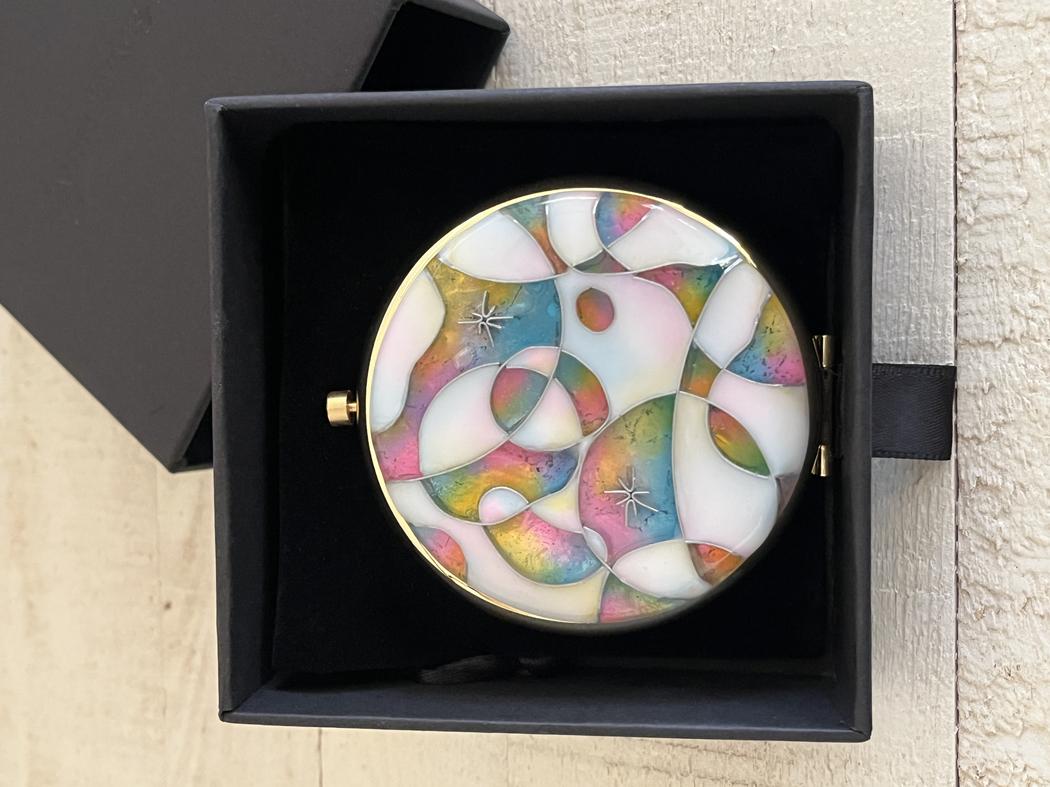
There is a distinct tactile quality to your works. How important is touch in your creative process and in the viewer’s experience?
Touch is essential both in how I create and how I imagine others experiencing my work. The smoothness of materials like resin plays a vital role, offering a tactile softness that invites close, gentle interaction. Equally important is the intricate wiring process inspired by cloisonné technique, where fine metal wires delicately separate each color and texture, adding a subtle raised texture that contrasts with the smooth resin surfaces—surfaces that are later polished into one unified whole. As I work, this interplay of smoothness and intricate detail guides an intuitive dialogue between my hands and the materials. For those who wear or encounter the pieces, I hope this tactile richness encourages a sensory connection that goes beyond the visual— transforming the work into a living experience that feels personal, intimate, and full of meaning.
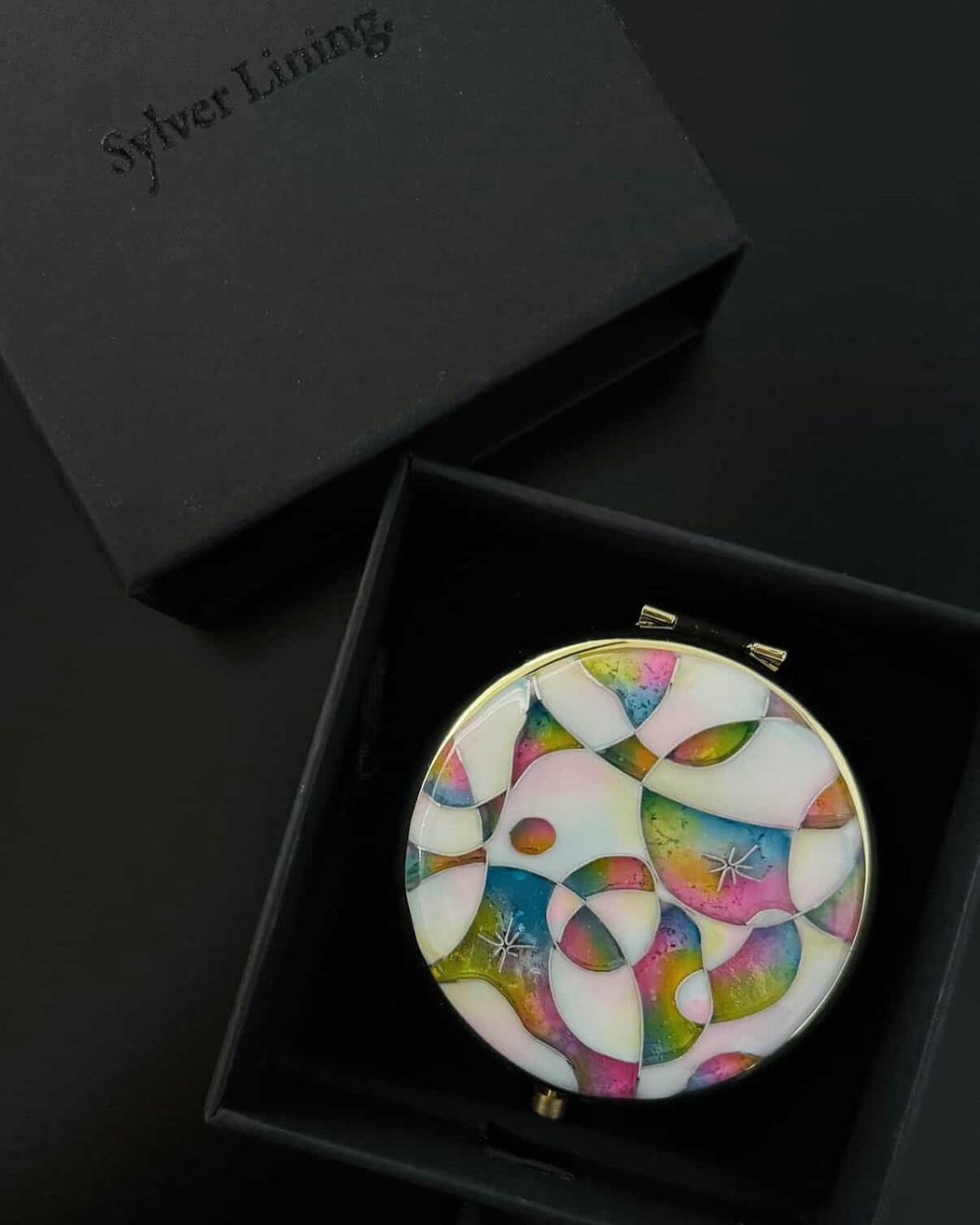
What role do memory and personal narrative play in your work? Do any specific stories inform this series?
Memory and personal narrative are deeply integral to my work. For instance, Lavender Ice Cream is a tribute to a meaningful moment in Los Angeles, where I finally met two good friends in person after years of connecting solely online. We shared a long brunch, wandered the neighborhood chatting for hours, and ended the day savoring a memorable honey lavender ice cream — my first ever. That experience of connection and discovery is captured in the piece.
The Raven draws inspiration from the mysterious iridescence of raven feathers. While these birds are often seen as ominous, I perceive them as symbols of divine protection and wisdom. Carrying The Raven with me feels like wearing a talisman — a constant source of guidance and reassurance.
Forget Me Not is a heartfelt remembrance of my late mentor, who felt like a grandfather figure despite no blood relation. In homage to the Victorian tradition of crafting hair wreaths jewelry from the locks of loved ones, I translate this intimate art form into my work as a way to honor his memory.


Leave a Reply